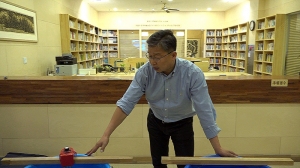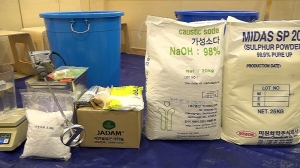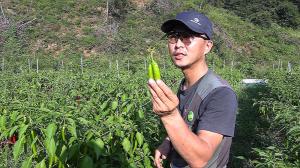 |
| © 2018 JADAM All Rights Reserved |
Zingiber mioga is a perennial herb with ginger which originates from Southeast Asia. It grows in the southern part of Korea, China and Japan, and grows wild. It grows 40-100cm high with roots hanging sideways. The leaves are long elliptical shape, and the bottom part grows like a stem
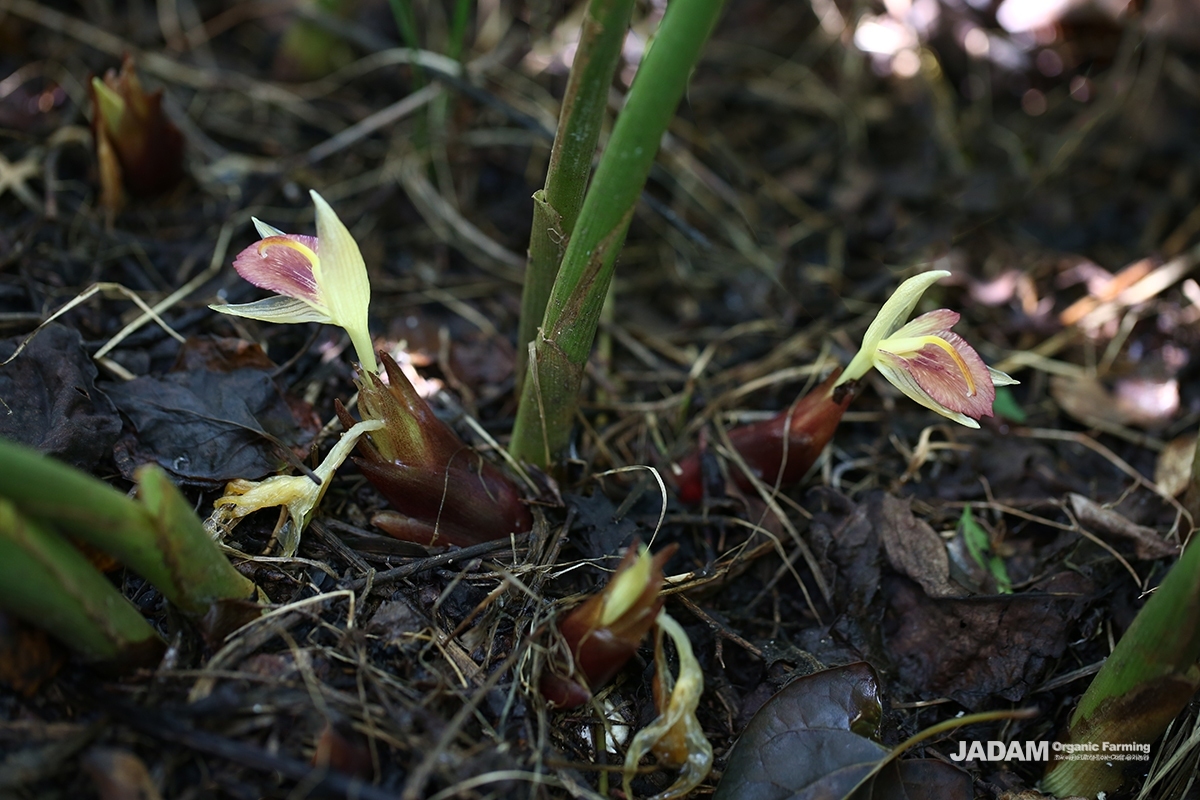 |
| © 2018 JADAM All Rights ReservedIt is a perennial plant with ginger. It grows in the southern region, China and Japan, and grows wild. |
From August to October, light yellow flowers bloom in purple scales from underground rootstocks. Calyx is tubular, and corolla is divided into 3 pieces. The lips petals are divided into three, the largest of the divided pieces is the largest, and the stamen is one. In Jeju, Yangha (Zingiber mioga ) is called Yangjae.
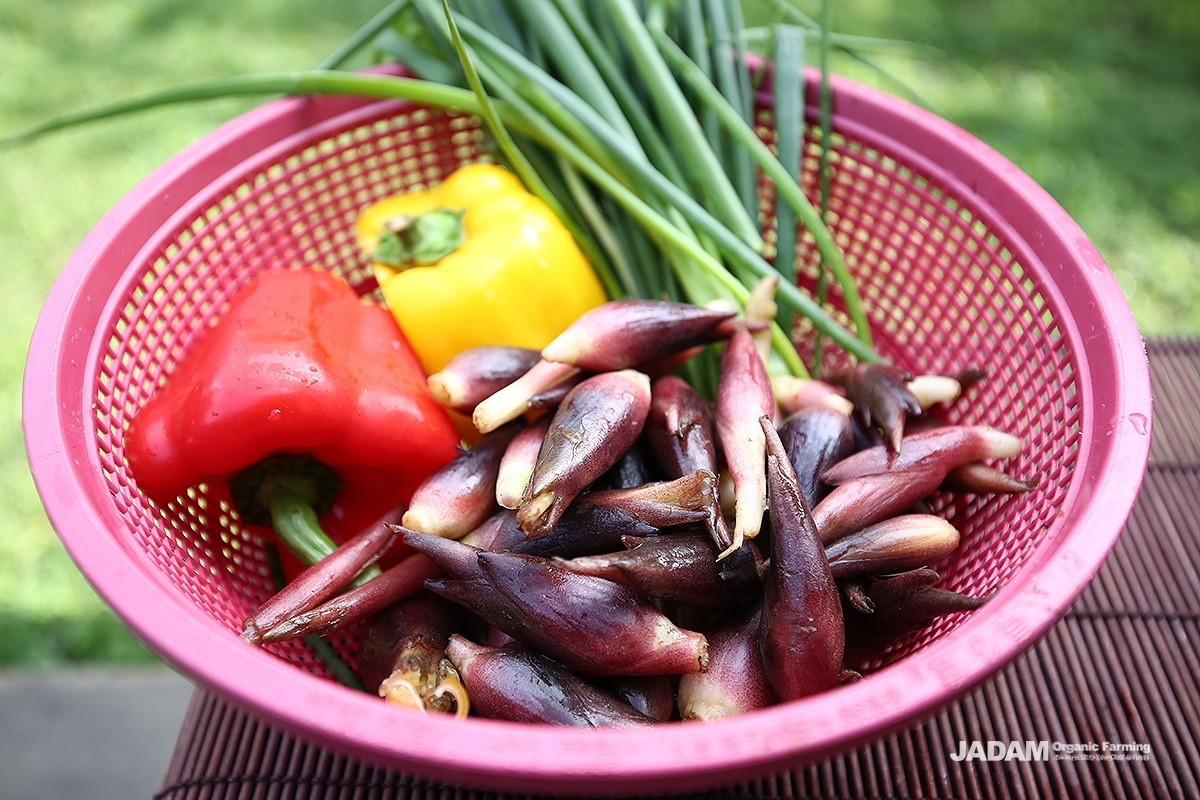 |
| © 2018 JADAM All Rights Reserved |
In spring, boil soup with shootlet. In summer, wrapped the shootlet with soft leaves for eating. When leaves laid under the rice cake maker, the fragrance of the leaves stays in rice cake. Generally, purple buds that rise from the ground before and after Chuseok (Korean traditional holiday) are collected and edited before they are opened. It is recommended that you cook as soon as possible because it is harden after time after collection. You can slice it add in for salad, or pickles or kimchi. You can put it in soup or stew, and you can dip it with sugar and enzyme.
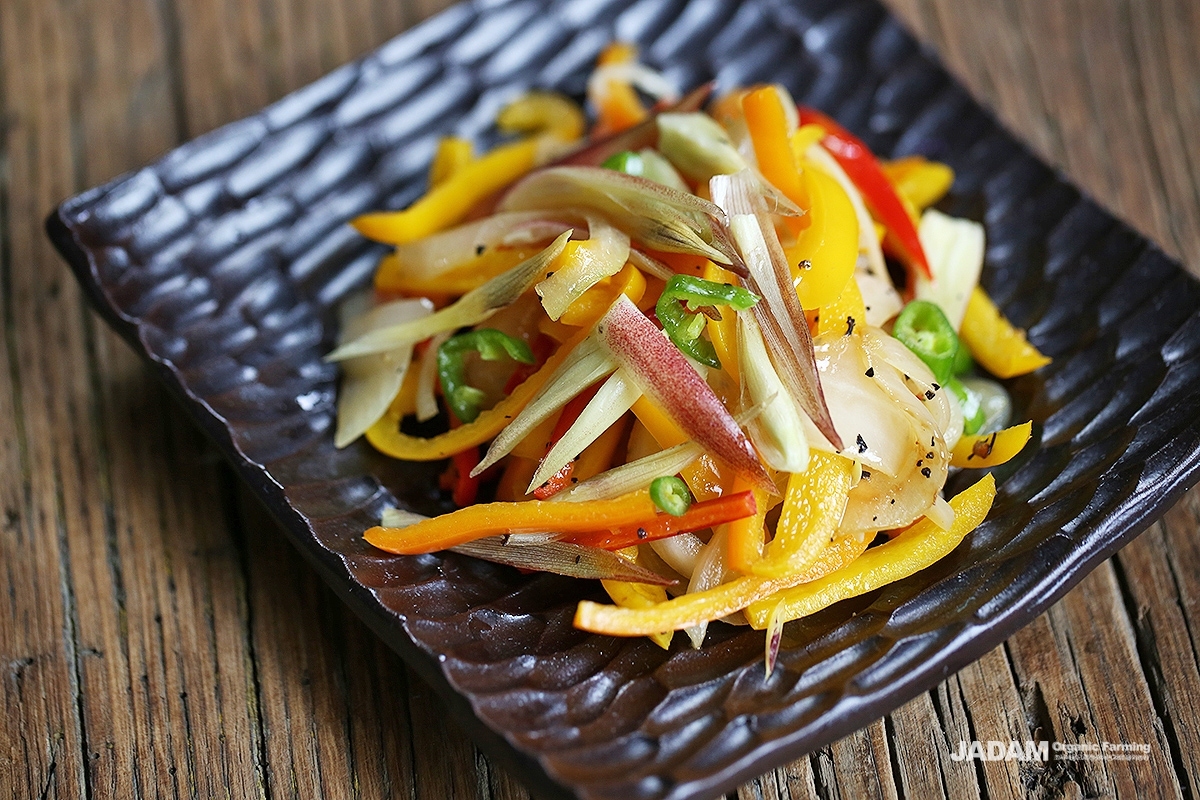 |
| © 2018 JADAM All Rights Reserved |
Unique fragrance like ginger and bitter after taste are attractive but less spicy. It contains essential oils such as zingiberene, which gives off fragrance, and gingerol and shogaol, which produce spicy flavor. These components show excellent antioxidative, digestive and antibacterial effects. The rootstock contains α-pinene, β-pinene, β-phellandrene, 1,4-terpineol and β-terpinene.
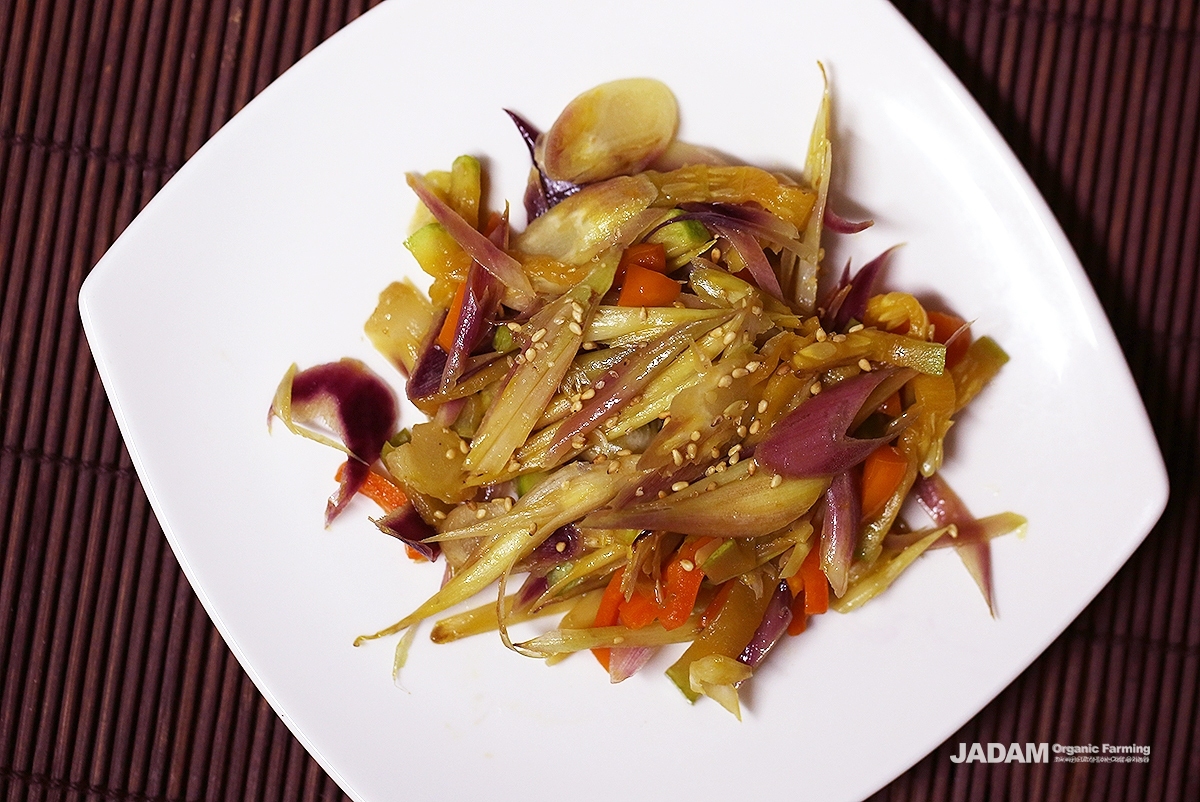 |
| © 2018 JADAM All Rights Reserved |
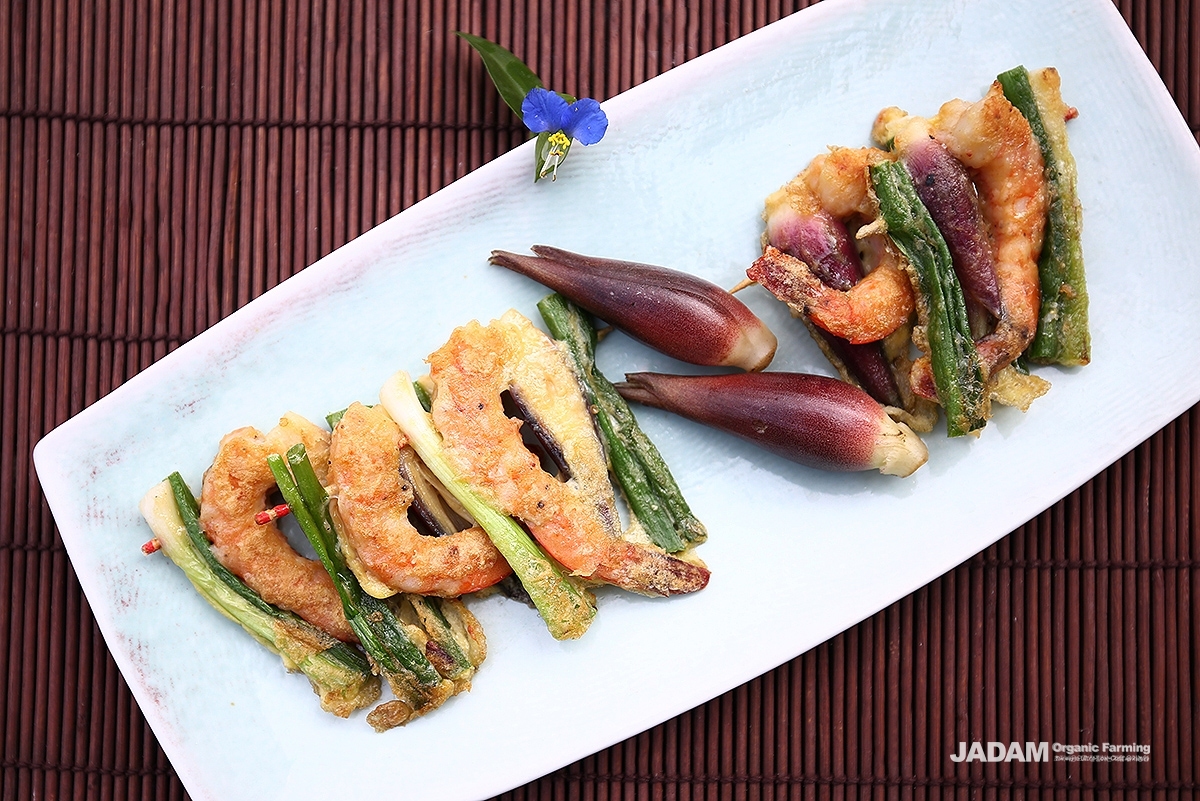 |
| © 2018 JADAM All Rights Reserved |
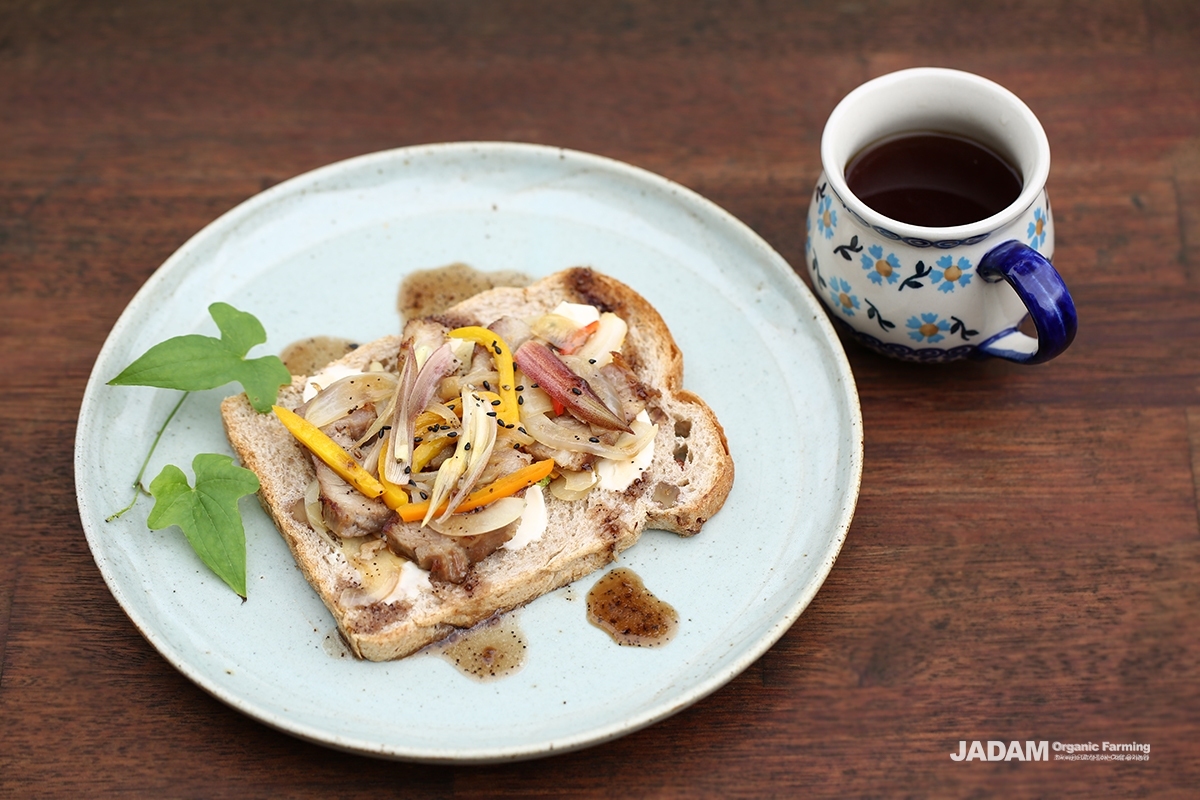 |
| © 2018 JADAM All Rights Reserved |
Propagation is mainly spreads from root. It sprout roots in spring, cut into 15 ~ 20cm length, plant 5 ~ 6cm deep, cover with leaves or rice straw to avoid drying.
[How to Enjoy Zingiber mioga]
1. In spring, boil the bud to make soup. In summer, wrap the rice with soft leaves to eat.
2. Slice the bud to make salad and dip into the pickles or kimchi.
3. Put it in soup or stew or dip it with sugar and dip the enzyme.
Other articles by Geol YooInterviewed on : 2018.09.13 11:22
<© 2018 Jadam All Rights Reserved>
##Zingibermioga #Geolyoo #wildflower

